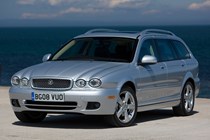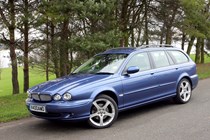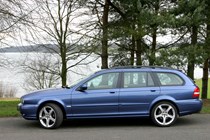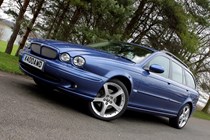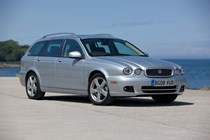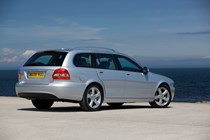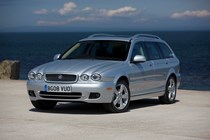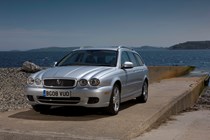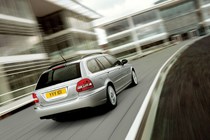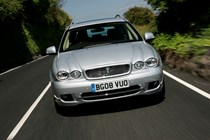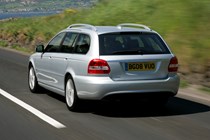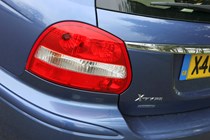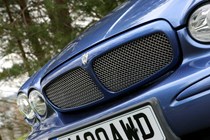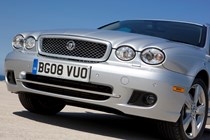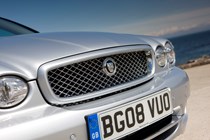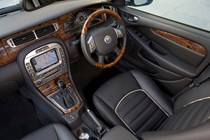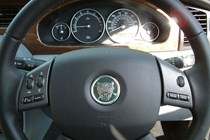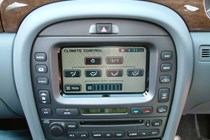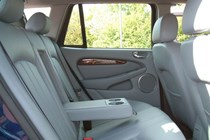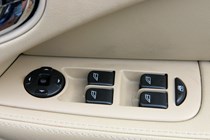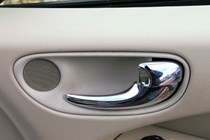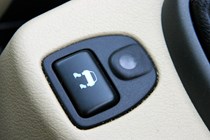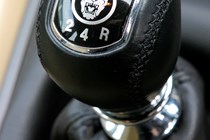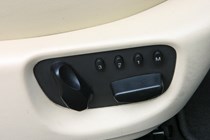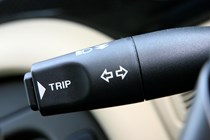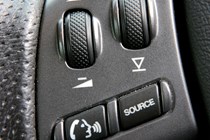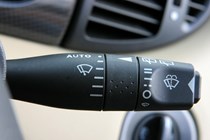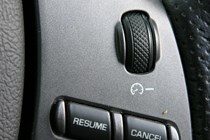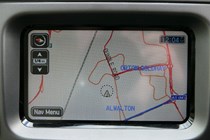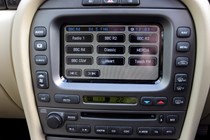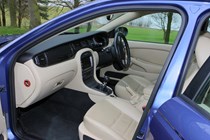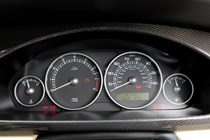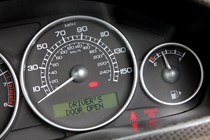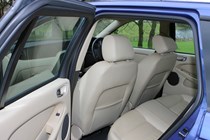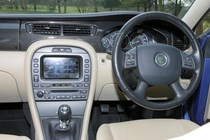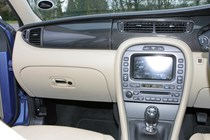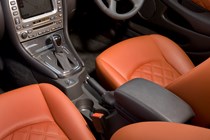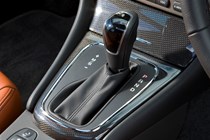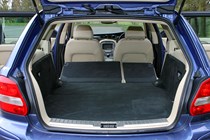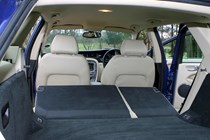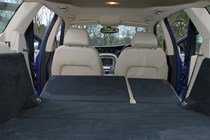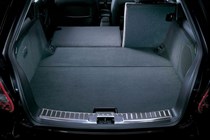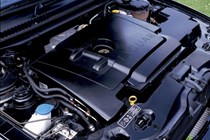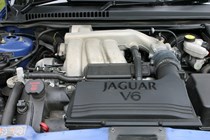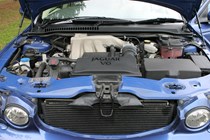Jaguar X-Type Estate (2004-2010) engines, drive and performance

Diesel is by far the most popular engine choice in the X-Type Estate. Two are available – both sourced from Ford – the first a 130bhp 2.0-litre engine which offers decent pace and impressive refinement while returning 49mpg. A 2.2-litre with 155bhp was launched in 2005 and almost matches the 2.0-litre for fuel economy, but feels much livelier and sprints from 0-62mph in 9.3 seconds – around a second quicker.
In March 2008 this version was offered with an automatic transmission for the first time and the six-speed gearbox is exceptionally smooth. The Sport mode improves responsiveness ensuring it feels keen accelerating out of slower corners, and there is also a manual mode using the gearstick. The petrol line-up includes a 2.5-litre and a 3.0-litre V6 – both with four-wheel drive as standard.
Jaguar also offered a 2.1-litre V6 – badged a 2.0-litre – petrol model with front-wheel drive. With 157bhp its performance is quick enough , but it’s a much thirstier engine than four-cylinder engines. All engines, with the exception of the 2.2 diesel, come with a five speed manual or five-speed automatic transmission (2.0D manual only). In Spring 2008 the line-up was tweaked with all the petrols, aside from the 3.0-litre V6, dropped from the range.
The X-Type has been designed to offer the type of comfort expected in a Jaguar along with nimble and agile handling. It offers exceptional ride comfort with good body control and responsive steering. It isn’t as sharp or as good to drive as a BMW 3-Series but nevertheless, the Jaguar is able to cover ground on motorways and A-roads briskly and with minimal fuss.
The 2.5-litre and 3.0-litre models come with four-wheel drive, while all other models are front-wheel drive – however whichever model you choose, all handle predictably and remain composed through corners. Unfortunately there are few thrills to be had along the way.


